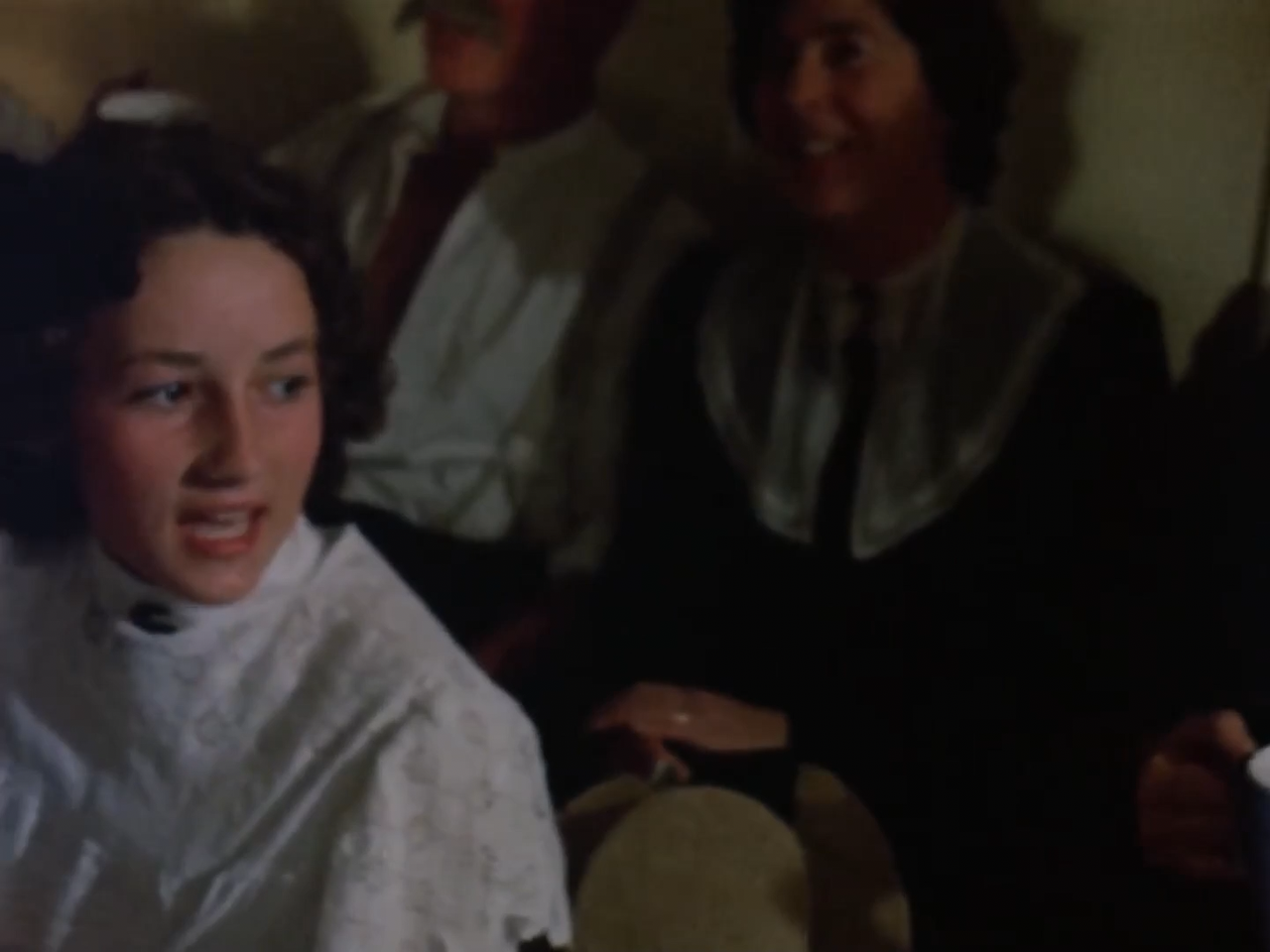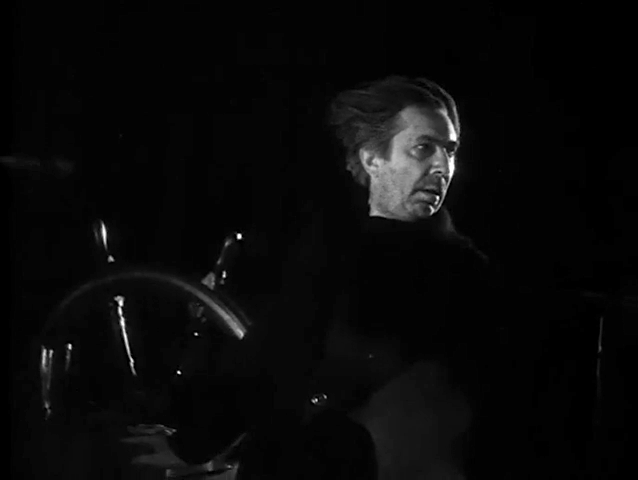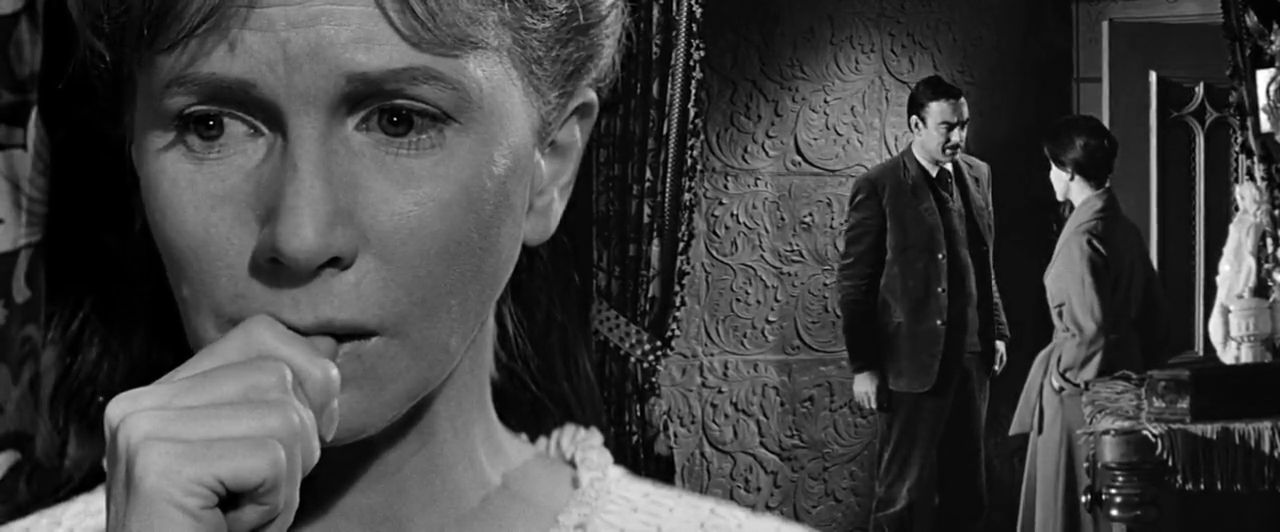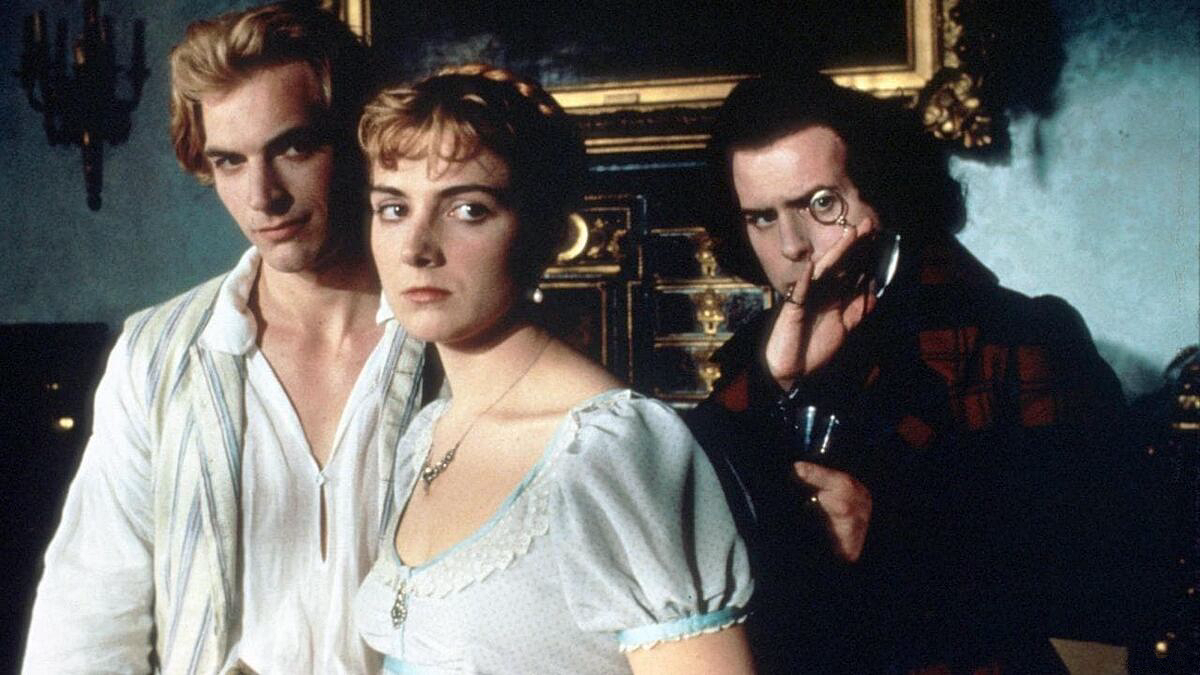“Sloane! Be lucky!”Nowhere to Go (Seth Holt + Basil Dearden, 1958)
Dec
22
Tue
.png)
A man checks into a hotel. A wall calendar reads December 22, a Tuesday. DP: Paul Beeson .
– Paul Gregory
uk
The Automatic Motorist (Walter R. Booth, 1911)
Dec
17
Saturnalia
.jpg)
While on the ringed planet, they pick up a cop to save him from spear-wielding rascals, but he elopes with the planet's fairy. Look at those lovebirds on the rings of Saturn!
A planet with rings for Saturnalia
Two lovely newlyweds and their robot chauffeur take a trip to Saturn for their honeymoon, followed by a jolly ride under the sea. A remake of Booth's own The '?' Motorist from 1906.
The Baby of Mâcon (Peter Greenaway, 1993)
Dec
12
Dīpāvalī
.png)
The miraculous child (Nils Dorando) surrounded by candles. DP: Sacha Vierny.
Candles for Diwali*. Today's and tomorrow's theme are virtually interchangeable.
When an old crone gives birth to a beautiful baby, a young virgin claims the child as hers. With the Immaculately Conceived wonder put on display – to the child's contemporaries, the court of Cosimo de' Medici attending a reenactment of the events, and us film viewers – He protects the false Virgin from losing her chastity and blurs the walls between staging and gospel.
* “Diwali, one of the major religious festivals in Hinduism, Jainism, and Sikhism, lasting for five days from the 13th day of the dark half of the lunar month Ashvina to the second day of the light half of the lunar month Karttika. The corresponding dates in the Gregorian calendar usually fall in late October and November.” (source).
“Oh, my God, Gerald! Shall I die?” Women in Love (Ken Russell, 1969)
Nov
18
.webp)
Bates and Reed in post-jostle bliss, bathing in the fireplace's glow (via). DP: Billy Williams.
A memorable fire or fireplace scene*
– Gudrun Brangwen
Oddly, one barely remembers the fireplace.
* the Bales 2025 Film Challenge for November is, again, not date-based, but follows a sloppy schmaltzy all-American Thanksgiving-y narrative. Trying to make it work my way.
“Early one morning, just as the sun was rising,
I heard a maid sing in the valley below;
‘O don’t deceive me, O never leave me!
How could you use a poor maiden so?” Requiem for a Village (David Gladwell, 1975)
Nov
14

The wedding's party revellers sing. DP: Bruce Parsons.
A movie about community*
– Early one morning, via
A sort of Wicker Man visits Mon oncle, this painting of an old England is. Painter filmmaker David Gladwell's impressionist work takes us to a small Suffolk community that, like all other communities, is both frozen in time and unable to escape its progression. The churchyard's caretaker, amongst the living and the dead, watches, works, and knows.
* the Bales 2025 Film Challenge for November is, again, not date-based, but follows a sloppy schmaltzy all-American Thanksgiving-y narrative. Trying to make it work my way.
“No, I never left the wheel; not for a moment.”The Mystery of the Mary Celeste [Phantom Ship] (Denison Clift, 1935)
Nov
11

Anton Lorenzen (Bela Lugosi). DPs: Eric Cross & Geoffrey Faithfull.
– Anton Lorenzen
“It's in the trees! It's coming!”Night of the Demon (Jacques Tourneur, 1957)
Oct
28

John Holden (Dana Andrews) standing in Stonehenge's inner circle. He's holding a strip of paper with something written on it. DP: Edward Scaife.
“No, I never left the wheel; not for a moment.” The Mystery of the Mary Celeste [Phantom Ship] (Denison Clift, 1935)
Oct
23
Bela Lugosi

Anton Lorenzen (Lugosi) at Mary Celeste's wheel. DPs: Eric Cross & Geoffrey Faithfull.
[A favourite] Bela Lugosi film*
– Anton Lorenzen
A post-Dracula Lugosi demonstrates that he's more than the cursed aristocrat. An efficient early Hammer production, made just a year after their founding.
* the Bales 2025 Film Challenge for October is horror-themed as opposed to date-based, and is all about favourites. Expect non-horror and films I believe to be relevant instead.
– “Memories for Abigail Lester Crain: A Legacy for Her Education and Enlightenment. From her devoted father, Hugh Desmond Lester Crain, Hill House, October 21, 1873.” – But that's today. – Tomorrow and 90 years later.The Haunting (Robert Wise, 1963)
Oct
21
1873

Eleanor (Julie Harris), with Dr. John Markway (Richard Johnson) and Theodora (Claire Bloom) in conversation behind her. DP: Davis Boulton.
“There are no ghosts in daylight. You'll get used to our nights at Diodati. A little indulgence to heighten our existence on this miserable Earth. Nights of the mind, the imagination. Nothing more.”Gothic (Ken Russel, 1986)
Oct
1
Frankenstein

Percy Shelley (Gabriel Byrne), Mary Shelley (Natasha Richardson) and Dr Polidori (a deliriously delicious Timothy Spall). DP: Mike Southon.
A [favourite] Frankenstein film.
One wet, ungenial summer in 1816, lovers Mary Godwin and Percy Shelley, and Mary's stepsister Claire Clairmont, visited a dear friend at Villa Diodati. That friend was Lord Byron, exiled and residing in the Swiss villa with his physician Dr John Polidori
– Lord Byron
Forced indoors, over the cause of three days they turned to the occult, to laudanum, to stories from the Fantasmagoriana, and the horrors of their own. That summer, Frankenstein saw the light of day.